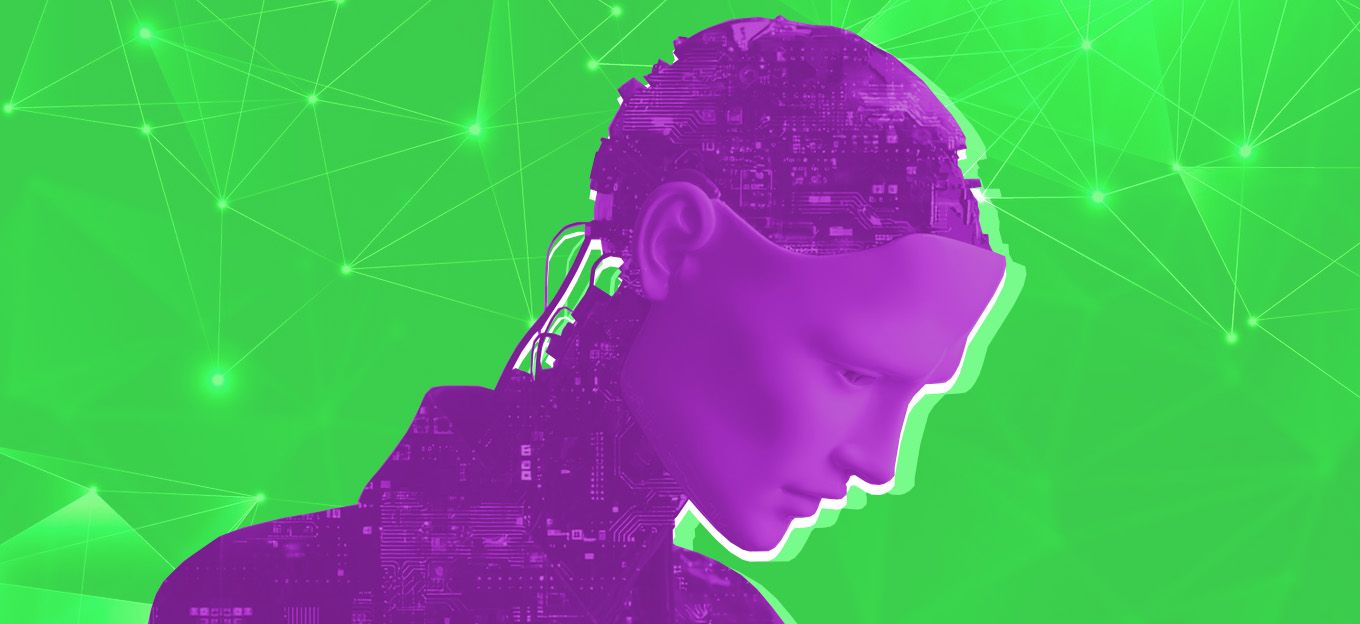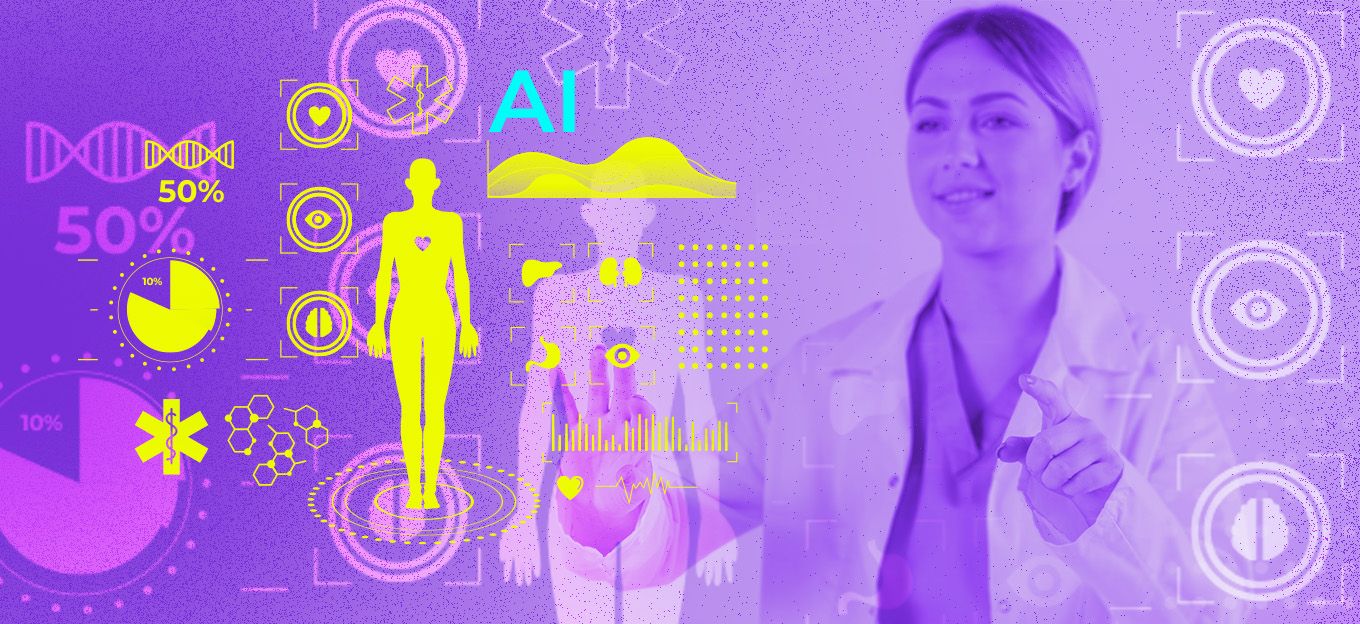The AI Agent Era: Reinventing How Business Gets Done
The AI Agent Era: Reinventing How Business Gets Done
- Last Updated: July 29, 2025
Prashant Tomar
- Last Updated: July 29, 2025



Meet “Mira,” the new artificial intelligence (AI) teammate in the marketing department. Mira autonomously analyzes marketing tactics, optimizes advertising budgets, and creates and publishes engaging content, turning weeks of painstaking human effort into hours. In this example, Mira is an AI agent, an autonomous program that performs tasks and makes decisions on behalf of users.
Business software has evolved from monolithic systems to cloud-based, application programming interface (API)-driven tools; however, most applications still rely on static workflows, manual inputs, and limited dashboards. While automation via rule-based bots and robotic process automation (RPA) has boosted efficiency, it hasn’t fundamentally transformed operations. That’s about to change with the rise of AI agents.
How Do AI Agents Work?
At the core of AI agents are large language models (LLMs) that enable them to understand context, reason, and act. But what truly sets them apart is their ability to use tools and develop action plans. These tools include external datasets, web searches, and APIs, allowing AI agents to analyze information and make decisions. Like humans, AI agents can update their “memory” as they learn new information, continuously improving their performance (Figure 1).

Figure 1: Basic architecture of an AI agent. Image courtesy of Prashant Tomar.
Unlike chatbots or RPA tools that follow a predefined logic, AI agents don’t just assist humans—they act. They interpret context, make autonomous decisions, and dynamically optimize business processes. If traditional automation was about scripting workflows, AI agents are about rewriting them in real time. According to Gartner, 33% of enterprise software applications will incorporate agentic AI by 2028, up from less than 1% in 2024, with at least 15% of daily work decisions made autonomously.
How Businesses Use AI Agents Today
Early adopters already see value in deploying AI agents across multiple functions. Here are some early use cases:
- Research and development. Duolingo increased its developer productivity by 25% with GitHub Copilot. Copilot independently iterates on code, implements fixes, and reduces the need to manually produce boilerplate code to help developers stay focused on solving complex business challenges.
- Marketing. A consumer-packaged-goods company reduced costs by 95% by creating blog posts using intelligent agents. Speed was improved by 50 times (e.g., new blog posts were published in a single day instead of taking four weeks).
- Sales: Construction firms in Poland use AI agents to cut tender review time from hours to minutes. The agents scan lengthy requests for proposals (RFPs), pull key details, and create clear summaries, boosting productivity by seven times and helping teams act faster on the best opportunities.
- Customer service. Formula 1 (F1) racing increases service response times by 80% with Salesforce Agentforce. F1 combines advanced AI with instinctive self-service, allowing users to easily navigate and receive help through its F1 portal.
The Road(map) Ahead
The market for AI agents is expected to grow at a 45% compound annual growth rate (CAGR) to $50 billion over the next five years. Yet, AI agents won’t replace traditional enterprise software overnight. Companies will move through a few key phases as they transition from automation to fully AI-driven operations.
Phase 1
Intelligent copilots (now). In this phase, AI acts as an intelligent copilot deployed to scale repetitive tasks focused on driving productivity. Organizations primarily leverage AI to boost productivity with use cases like coding assistance, report generation, meeting summarization, and routine task automation.
Phase 2
Workflow orchestrators (over the next two years). As AI agents evolve, they will start orchestrating multistep workflows across different tools and platforms. Rather than working within one app, these agents will integrate across systems like Slack, Workday, and ServiceNow to automate broader tasks, such as employee onboarding, status reporting, or approval processes. Businesses will employ these agents for more complex use cases, enabling smoother operations and improved coordination across functions.
Phase 3
Domain-specific autonomous operators (in two to five years). By this stage, AI agents will manage entire workflows with minimal human intervention. Functions like software development and back-office operations will be disrupted in organizations starting to experiment with AI-first teams. It will be vital for employees to be upskilled to manage and work alongside AI teammates.
Phase 4
AI-first organizations (2030 and beyond). In this era, business operations will be AI-native—organizations will function through AI-first systems rather than traditional enterprise software. AI agents will dynamically create and execute business strategies, with humans playing a more strategic role in oversight, governance, and ethics. Workforce structures will look completely different. Instead of teams spending time on execution, they’ll focus on AI management and continuous improvement. Traditional management structures will transform as AI dynamically assigns, monitors, and optimizes workflows in real-time, and the need for multiple layers of middle management will begin to fade.
Preparing for the Agentic Shift
AI agents bring game-changing potential, but they also introduce critical risks. Poor-quality data is the most fundamental challenge. AI agents rely on data to make decisions. If that data is incomplete, biased, or incorrect, agents can automate bad processes, make flawed recommendations, or expose businesses to compliance risks. Lack of visibility and privacy is another major issue. As companies deploy more AI agents, they risk losing oversight of what each agent is doing and why, leading to inefficiencies, governance failures, and unpredictable outcomes.
Without strong management frameworks, organizations face a chaotic, unregulated expansion of AI-driven operations. Advanced cybersecurity threats are a growing concern. As AI agents gain more autonomy, they become prime targets for cybercriminals. Attackers can manipulate AI systems, launch AI-driven malware, or exploit vulnerabilities to gain unauthorized access to sensitive data.
Finally, there will be a significant shift in talent management and human resources (HR) functions to enable a hybrid workforce of humans and AI agents. To prepare, it’s crucial for organizations to redesign roles and workflows and view AI agents as collaborators. Reskilling employees, building trust, and redesigning processes to support this hybrid workforce are essential.
Charting the Path Forward
There will soon be more AI agents than people in the world. Companies that embrace this revolution early will shape the next generation of industry leaders. Here’s how to start preparing today:
- Identify high-impact opportunities. Determine the workflows that involve repetitive tasks, high volumes of data, and a need for scalability. These are prime candidates for AI agent integration.
- Prioritize data accessibility. AI agents thrive on data. Focus on use cases where clean, high-quality data is readily available and accessible.
- Reimagine workflows from the ground up. As the organization matures, it can start to rethink entire workflows with an automation-first mindset. Consider how AI agents can handle data collection, analysis, and decision-making, and then strategically reintroduce human involvement where critical judgment, creativity, or empathy are required.
- Phased implementation. Begin with small-scale pilot projects to test and refine AI agent integration. Gradually expand to more complex workflows as employees gain experience and confidence.
- Plan for the future. Lay the groundwork for a multiyear transformation. Think of AI agents as digital teammates with evolving responsibilities. Define how they’ll fit into team structures, what systems they need access to, and how the organization can grow to support scalable, agent-driven collaboration, strategy, and execution.
The real opportunity will lie in designing organizations where AI agents can thrive. That will require rethinking not just technology and workflows, but also culture, leadership, and what productivity looks like in a hybrid, AI-powered workplace.
About the Author:
Prashant Tomar is a senior product leader at Meta, where he leads business messaging monetization for WhatsApp. He specializes in AI-driven product innovation, enterprise software, and driving product-led growth. Prashant is also a mentor, investor, and frequent contributor on the future of work and emerging technologies. Connect with Prashant on LinkedIn.
The Most Comprehensive IoT Newsletter for Enterprises
Showcasing the highest-quality content, resources, news, and insights from the world of the Internet of Things. Subscribe to remain informed and up-to-date.
New Podcast Episode

Moving Past the Pilot Phase in IoT and AI
Related Articles





